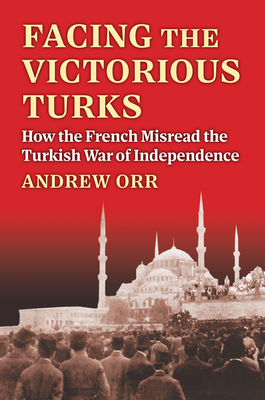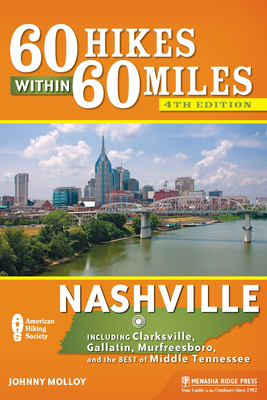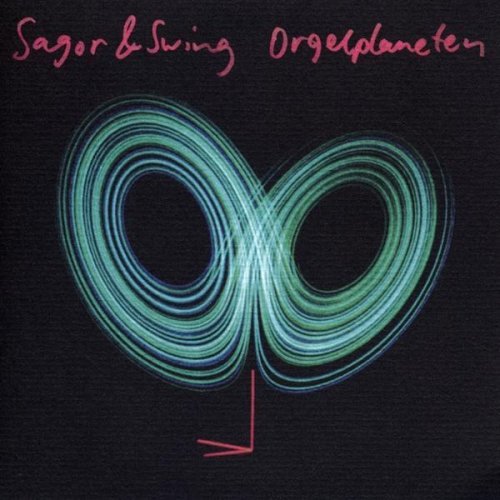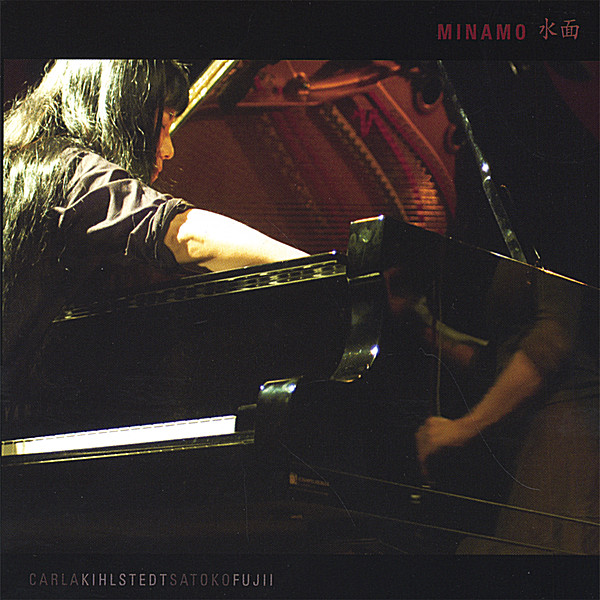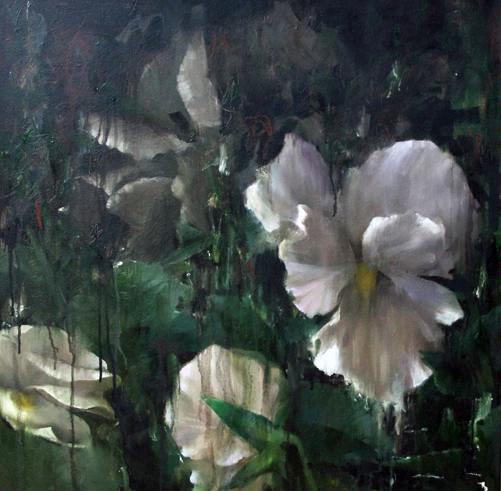
Al Muwaylihi, Muhammad
product information
description
ibn Hishām Told Us, the Library of Arabic Literature brings readers an acknowledged masterpiece of early twentieth-century Arabic prose. Penned by the Egyptian journalist Muḥammad al-Muwayliḥī, this exceptional title was first introduced in serialized form in his family's pioneering newspaper Miṣbāḥ al-Sharq (Light of the East), on which this edition is based, and later published in book form in 1907. Widely hailed for its erudition and its mordant wit, What ʿĪsā ibn Hishām Told Us was embraced by Egypt's burgeoning reading public and soon became required reading for generations of Egyptian school students. Bridging classical genres and the emerging tradition of modern Arabic fiction, What ʿĪsā ibn Hishām Told Us is divided into two parts, the second of which was only added to the text with the fourth edition of 1927. Sarcastic in tone and critical in outlook, the book relates the excursions of its narrator ʿĪsā ibn Hishām
and his companion, the Pasha, through a rapidly Westernized Cairo at the height of British occupation, providing vivid commentary of a society negotiating--however imperfectly--the clash of imported cultural values and traditional norms of conduct, law, and education. The "Second Journey" takes the narrator to Paris to visit the Exposition Universelle of 1900, where al-Muwayliḥī casts the same relentlessly critical eye on European society, modernity, and the role of Western imperialism as it ripples across the globe. Paving the way for the modern Arabic novel, What ʿĪsā ibn Hishām Told Us is invaluable both for its sociological insight into colonial Egypt and its pioneering role in Arabic literary history. A bilingual Arabic-English edition.
and his companion, the Pasha, through a rapidly Westernized Cairo at the height of British occupation, providing vivid commentary of a society negotiating--however imperfectly--the clash of imported cultural values and traditional norms of conduct, law, and education. The "Second Journey" takes the narrator to Paris to visit the Exposition Universelle of 1900, where al-Muwayliḥī casts the same relentlessly critical eye on European society, modernity, and the role of Western imperialism as it ripples across the globe. Paving the way for the modern Arabic novel, What ʿĪsā ibn Hishām Told Us is invaluable both for its sociological insight into colonial Egypt and its pioneering role in Arabic literary history. A bilingual Arabic-English edition.
member goods
No member items were found under this heading.
Return Policy
All sales are final
Shipping
No special shipping considerations available.
Shipping fees determined at checkout.

